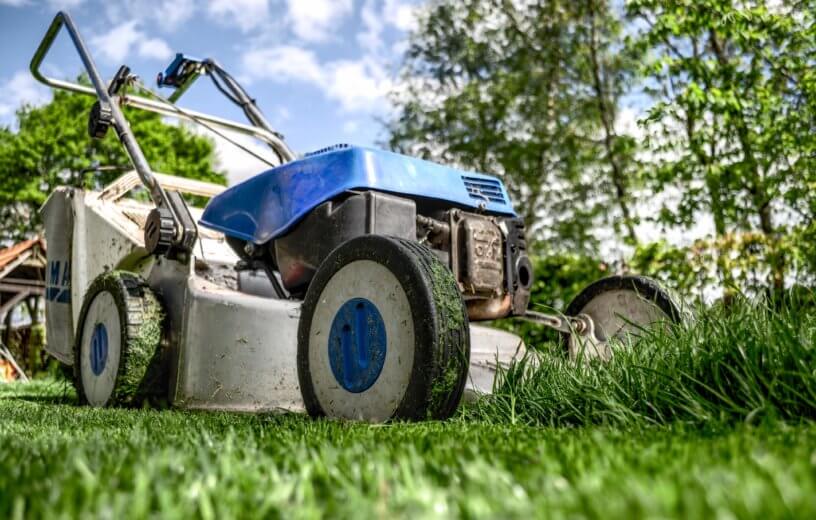BALTIMORE — Better safety technology and more intelligent design of lawnmowers over the past decade have made maintaining a pristine yard easier than ever. Despite the improvements, lawnmower injuries continue to vex emergency room doctors at an astounding rate, a new study finds.
Researchers from Johns Hopkins Medicine reviewed ER visit data and found Americans suffered more than 51,000 lawnmower-related injuries from 2006 to 2013. The rate of lawnmower injuries, the researchers say, is holding steady at about 6,400 a year in the United States, costing each patient an average of $37,000 in medical expenses.
“Despite consumer education programs and warning labels, lawnmower injuries in the United States remain a serious public health concern,” says senior author Dr. Deborah Schwengel, assistant professor of anesthesiology and critical care medicine at Johns Hopkins, in a statement.
According to the results, 85.2% of lawnmower injury sufferers were men. Children under the age of four were six times more likely to have a foot, toe, or other lower extremity injury, and 1.7 times more likely to require an amputation than those over 15 years old. Lawnmower users over the age of 15 were eight times more likely to suffer an injury to an upper extremity than others.
Though no data was available on which types of lawnmowers seemed to cause more injury, the authors say it’s evident that children can become endangered when running into the yard while the lawnmower is in use, or perhaps get their feet caught in the machine if riding on an adult’s lap. Conversely, older teens or adults seem to suffer injuries to their hands or arms when trying to remove debris from the blades.
“Understanding what types of injuries occur in certain groups should help engineers design safer lawnmowers and policymakers create more appropriate prevention policies,” cautions Dr. Schwengel.
Other findings from the study:
The most common injuries were lacerations (about 46.7 percent), fractures (22.4 percent) and amputations (21.5 percent). Sixty-five percent of recorded injuries occurred on the wrist or hand, while about 20 percent were on a foot or toe.
Two-thirds of injuries occurred on a weekday, and, perhaps not surprisingly, about 82 percent were recorded between April and September.
The full study was published on August 1, 2018 in the journal Public Heath Reports.
